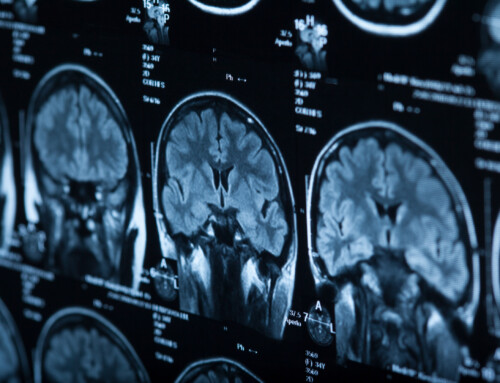The Posterior Cruciate Ligament (PCL) is one of the four major ligaments in the knee, playing a crucial role in stabilizing the joint. PCL tears can occur due to various traumatic incidents or overuse, leading to significant impairment in knee function.
Causes of PCL Tears
PCL tears often result from direct trauma to the front of the knee, causing a forceful impact that stretches or tears the ligament. Motor vehicle accidents, sports injuries, and falls are common scenarios where PCL tears occur. Additionally, non-contact injuries such as hyperextension of the knee or sudden deceleration can also lead to PCL damage.
Symptoms of PCL Tears
Recognizing the symptoms of a PCL tear is crucial for early diagnosis and intervention.
• Pain: Individuals may experience pain at the back of the knee, especially when engaging in activities that stress the PCL.
• Swelling: most common around the knee joint.
• Instability: PCL tears can result in a sensation of instability or the knee giving away, particularly during weightbearing activities.
• Limited Range of Motion: individuals may notice reduced range of motion in the affect knee, making activities such as bending or straightening the knee challenging.
• Difficulty Walking: especially on uneven surfaces; individuals may display altered gait pattern
Grades of PCL Tears
PCL tears are classified into different grades based on the severity of the injury:
1. Grade I: Mild tears with minimal disruption of the ligament fibers.
2. Grade II: Partial tears with moderate damage to the ligament.
3. Grade III: Complete tears with a total loss of ligament continuity.
Each grade represents a varying degree of ligament involvement, with Grade III being the most severe and often requiring more extensive interventions.
Physical Therapy for PCL Tears
1. Early Intervention- to prevent muscle atrophy and joint stiffness, and help control pain and inflammation through modalities such as ice and compression.
2. Range of Motion- to maintain joint flexibility and prevent stiffness via gentle stretches.
3. Strengthening Exercises- to rebuild muscle strength around the knee, providing additional support to the injured PCL. Emphasis is placed on quads and hamstring.
4. Proprioceptive/Balance Training- to improve joint position sense and stability
5. Functional Training- to simulate real-world activities
Physical therapy is a crucial component in the comprehensive management of PCL injuries, helping individuals regain strength, flexibility, and function. Early intervention and a tailored exercise program guided by a skilled physical therapist are essential for optimal recovery and a successful return to normal activities.
References:
1. Wang D, Graziano J, Williams RJ 3rd, Jones KJ. Nonoperative Treatment of PCL Injuries: Goals of Rehabilitation and the Natural History of Conservative Care. Curr Rev Musculoskelet Med. 2018;11(2):290-297. doi:10.1007/s12178-018-9487-y
2. Guide | Physical Therapy Guide to Posterior Cruciate Ligament Injury. Choose PT. Published September 1, 2020. https://www.choosept.com/guide/physical-therapy-guide-posterior-cruciate-ligament-injury






